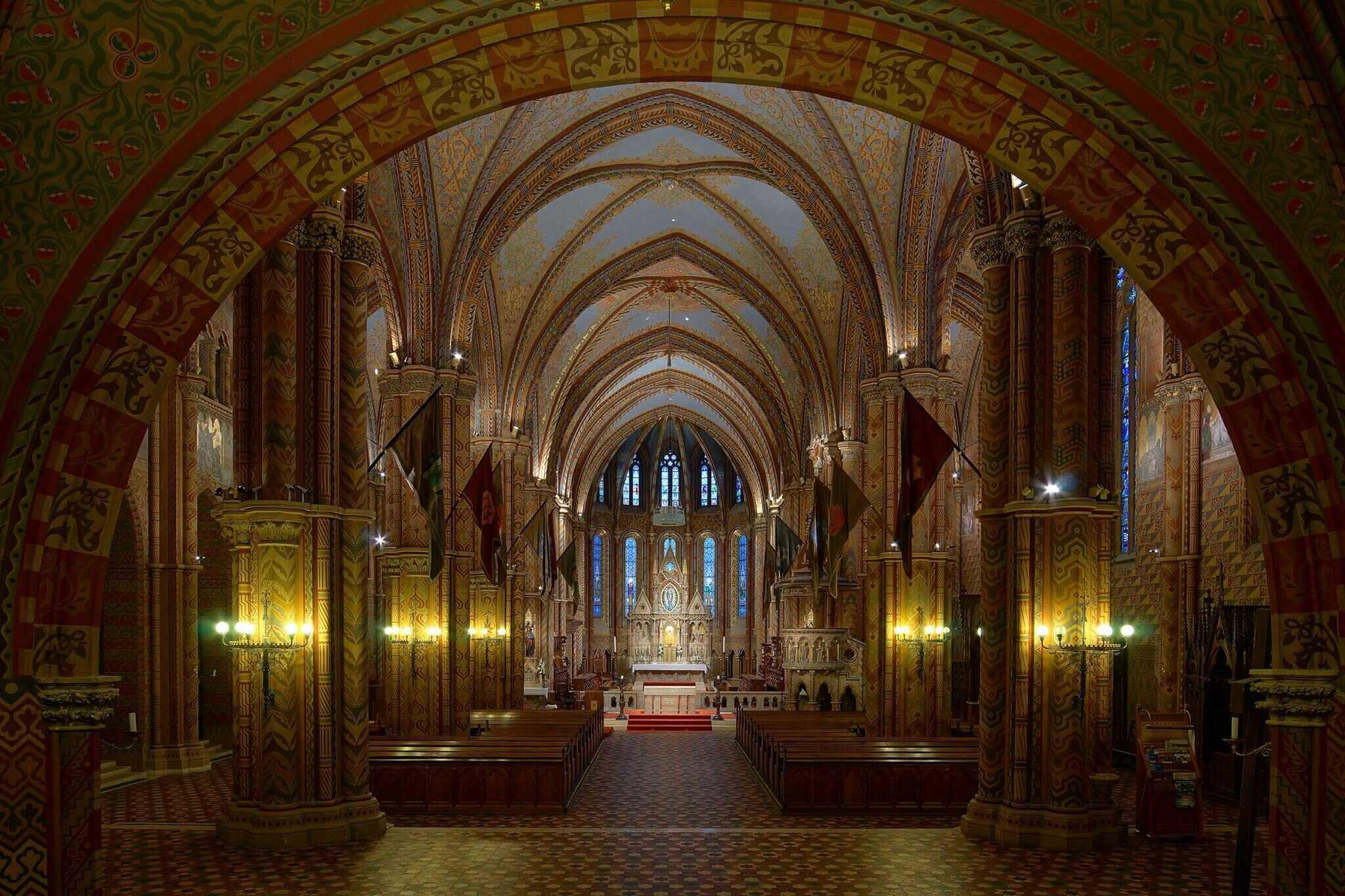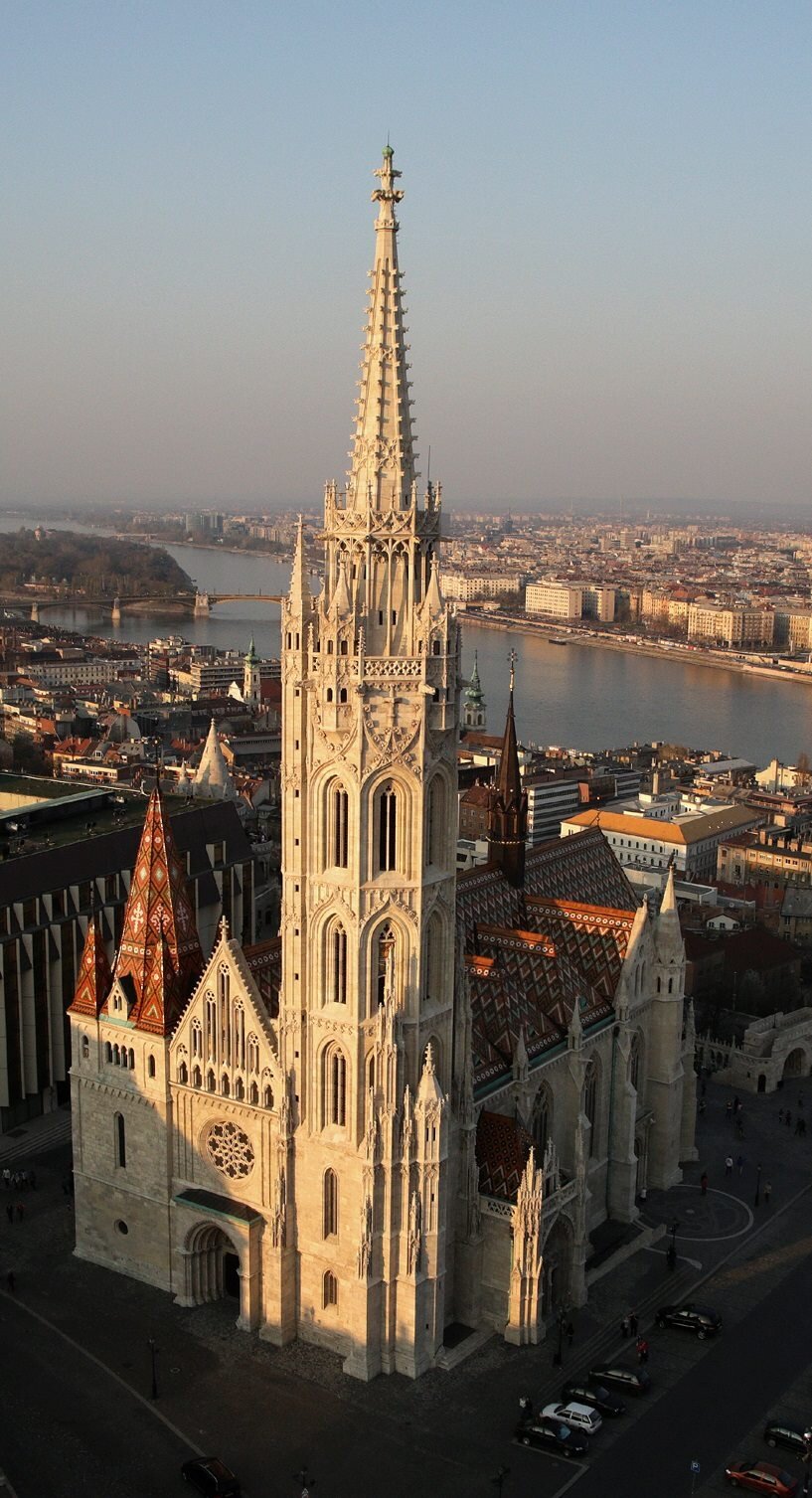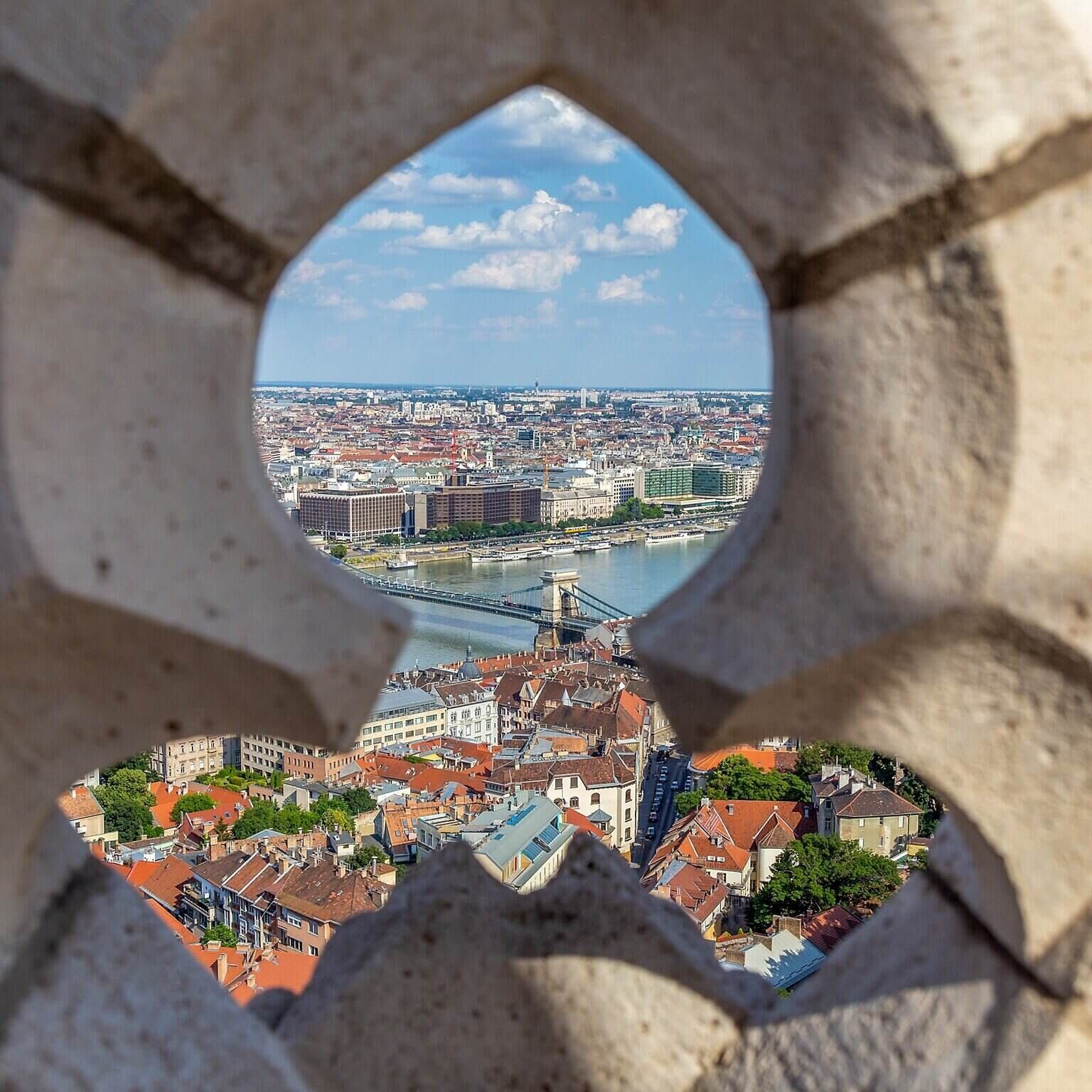Matthias Church – the gem of the Castle Hill – PHOTOS

The beautiful Roman Catholic Church was consecrated 125 years ago.
Budapest is the perfect mix of a European capital with a modern city centre and of many districts that are pure history. The city is full of beautiful places to relax, take a walk, or enjoy our friends’ company.
The mysterious castle of Budapest City Park
If you are in the mood to breathe in history, meanwhile, to admire the vibrant modernity of Budapest, make sure to visit the Matthias Church on Castle Hill.

The Church of the Assumption of the Buda Castle celebrates a respectable birthday this year.
The robust yet graceful Gothic Basilica was consecrated 125 years ago,
in 1896. However, this does not mean that it dates back to that year or even that century.
According to the tradition of the Hungarian church, the first building, which is considered the predecessor of today’s Matthias Church, was built on this location over 1000 years ago. It was founded by Hungary’s first King, Saint Stephen, in 1015. The inscription, on which the tradition is based, disappeared in 1748 in a fire. However, officially, there is no clear evidence of Saint Stephen’s involvement. We know for sure that this first building was destroyed in the middle of the XIIIth century during the Mongol invasion. The current building was reconstructed/replaced by Béla IV with a three-nave basilica.

The church was intended to be one of the most essential sacral sites of the country. To achieve this goal,
the first phase of the construction of the Matthias Church, which gave the base to the building, was based on the Lyon Cathedral. The Papal siege of those times.
The Cathedral grew famous and became a crucial part of Hungarian history. Charles I of Hungary was crowned within its walls with a temporary crown in 1309.
Matthias Corvinus, who gave the informal name to the church, held his inauguration ceremony and wedding in the beautiful building.
Several centuries later, the church saw the coronation of two Hungarian kings: Franz Joseph I and Charles IV.

Before these two kings and emperors of Austria rose to power, the Matthias Church had to suffer quite a lot. In 1526, after the Battle of Mohács, the Turkish took control over the country and, thus, the church. They set the capital on fire, destroying the roof and the majority of the furniture of the basilica.
The charismatic building was even transformed into a mosque in their hands.
Over 140 years had to pass for Hungary to regain control over its country. The church, its beauty, and its function were reinstated.
The already mentioned coronation of Franz Joseph I led to the reconstruction of the building in a neo-Gothic style in 1873.

The Saint Trinity Square, where the Mathias Church stands, is the precise and meticulous work of Frigyes Schulek.
He tore down some neighbouring buildings to free up the square. The neo-Roman Fisherman’s Bastion, a popular spot for photoshoots, is also linked to his name.

The Matthias Church was consecrated on August 15, 1896, commemorating the millennium.
The previously mentioned Charles IV, the last Hungarian King, was crowned on Castle Hill, concluding an era in Hungarian history.
The Second World War was very cruel to the whole of the city, and thus the church was seriously injured due to the bombardments. In 1991, the Hungarian Catholic Church received the building from the state, and with considerable governmental support, they reconstructed it to shine as it shines today.
Source: origo.hu, mátyás-templom.hu, dailynewshungary.hu,





